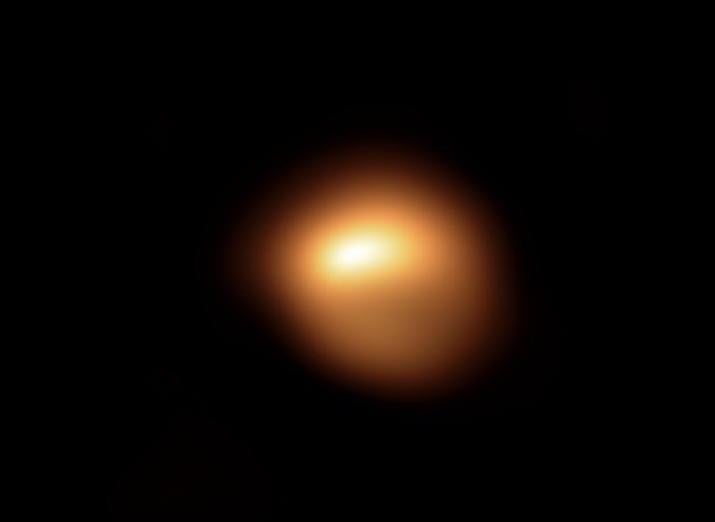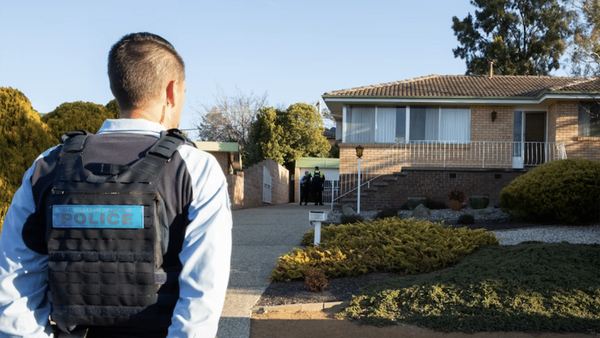
Betelgeuse, one of the best-known stars in our sky, is actually much closer and smaller than we’d realised, astronomers have said.
The star is well-known for being one of the brightest in the night sky. It also drew attention earlier this year for becoming less bright than usual, amid speculation that it could be on the edge of exploding into a supernova – though in the end it did not.
In fact, it might be another 100,000 years until it dies in an explosion, according to a new study. The research suggests that the star is actually much further from its end than many had thought.
"It's normally one of the brightest stars in the sky, but we've observed two drops in the brightness of Betelgeuse since late 2019," said Meredith Joyce from the Australian National University, who led the study.
"This prompted speculation it could be about to explode. But our study offers a different explanation. We know the first dimming event involved a dust cloud. We found the second smaller event was likely due to the pulsations of the star."
But as they did that research, the astronomers found that the star is actually smaller than we had realised. After calculating the star’s actual size, researchers re-evaluated how near it could be – and discovered that its relative proximity had tricked us.
"The actual physical size of Betelgeuse has been a bit of a mystery – earlier studies suggested it could be bigger than the orbit of Jupiter. Our results say Betelgeuse only extends out to two thirds of that, with a radius 750 times the radius of the Sun," said László Molnár from the Konkoly Observatory in Budapest, a co-author on the paper.
"Once we had the physical size of the star, we were able to determine the distance from Earth. Our results show it's a mere 530 light-years from us -- 25 percent closer than previously thought."
The star is still not so near that it would pose any danger on Earth when it explodes. But it is close enough that studying it will give detailed information on what happens to stars before they do, scientists said.
"It's still a really big deal when a supernova goes off. And this is our closest candidate. It gives us a rare opportunity to study what happens to stars like this before they explode," said Dr Joyce in a. statement.







